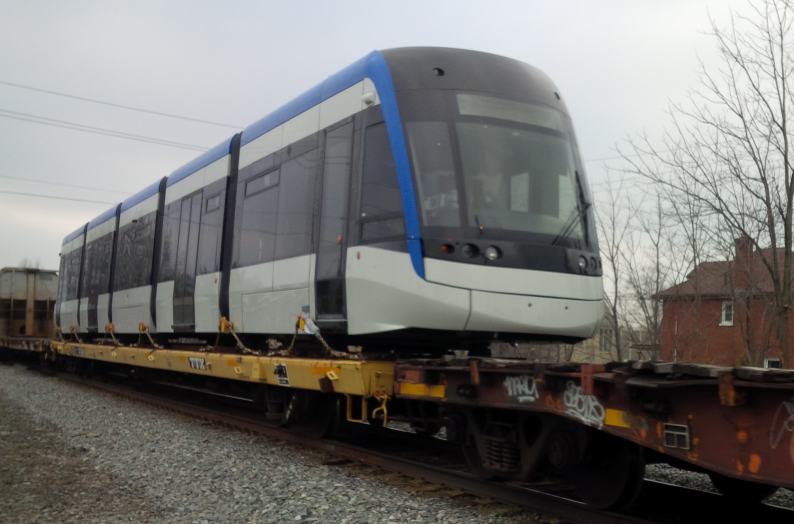denfromoakvillemilton
Senior Member
Member Bio
- Joined
- Apr 30, 2008
- Messages
- 7,499
- Reaction score
- 1,560
- Location
- Downtown Toronto, Ontario
4.4 Billion is too much for an LRT to Cambridge. It feels like they're almost putting it that high to push it off. Costs need to come down. Or a recession is needed.





